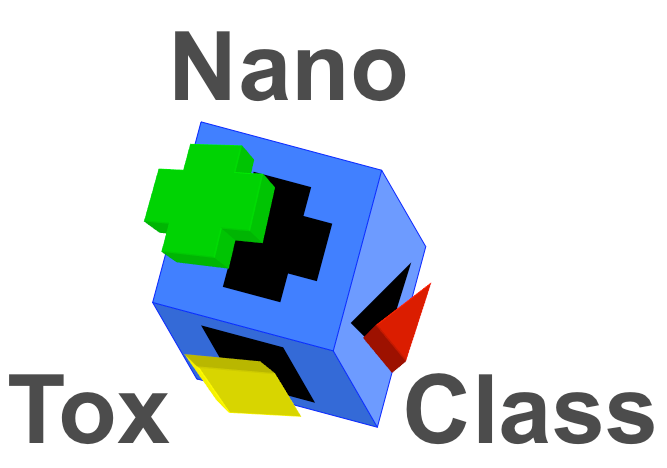
NanoToxClass – Establishing nanomaterial grouping / classification strategies according to toxicity and biological effects for supporting risk assessment
Nanotechnology is regarded as one of the most significant innovations of the 21st century, featuring a large industrial and medical potential. Already by now, nanomaterials are used in a variety of different products. Currently, commercialised nanomaterials comprise only a fraction of the chemical space. However, due to substance combinations as well as variations in size, shape and surface modification an almost unlimited number of nanomaterials is possible. Despite extensive research over the past two decades, it has not been possible to formulate any generalised conclusions on the potential health hazards of nanomaterials. Unlike for conventional bulk chemicals there are only very few nanomaterial grouping strategies available. In consequence, nanomaterials are usually still subject to experimental testing and risk evaluation on a case by case basis, which is very time- and cost intense.
NanoToxClass aims to facilitate the respective health hazard evaluation by developing new grouping approaches for a selection of industrially relevant nanomaterials. Importantly, the approach will integrate existing data from literature and the public domain together with extensive new data from a modern systems biology approach in combination with established toxicological endpoints. NanoToxClass will perform transcriptomics, metabolomics and proteomics studies in vitro as well as in vivo.
The project will thus make use of most comprehensive datasets, allowing to unravel mechanisms of action of nanomaterials and concomitantly develop new grouping strategies based on mode of action. Furthermore, our approach will significantly contribute to the establishment of in vitro / in vivo correlations and hence support the development of new integrated testing strategies. Moreover, selected nanomaterials will be examined not only in their original form but also at representative stages of their life cycle, i.e. after thermal aging or after release from a composite material. Finally, newly identified grouping criteria will be validated using additional nanomaterials.
To achieve these objectives, NanoToxClass combines expert knowledge from academia, federal authorities and industry. The development of nanomaterial grouping strategies is of high importance in Europe as well as internationally.
Project Website: www.nanotoxclass.eu/project.html
Project Lead

Project Partners
Associated Partners
Publications
2019
- Wohlleben W., Hellack B., Nickel C., Herrchen M., Hund-Rinke K., Kettler K., Riebeling C., Haase A., Funk B., Kuehnel D., Göhler D., Stintz M., Schumacher C., Wiemann M., Keller J., Landsiedel R., Brossell D., Plitzko S., Kuhlbusch T. (2019). The nanoGRAVUR framework to group (nano)materials for their occupational, consumer, environmental risks based on a harmonized set of material properties, applied to 34 case studies. Nanoscale, 11 17637-17654.
- Gesundheitliche Bewertung von industriell genutzten Nanomaterialien soll einfacher werden. Pressemeldung Bundesinstitut für Risikobewertung (BfR), 18.01.2016, (www.bfr.bund.de)
 >
>